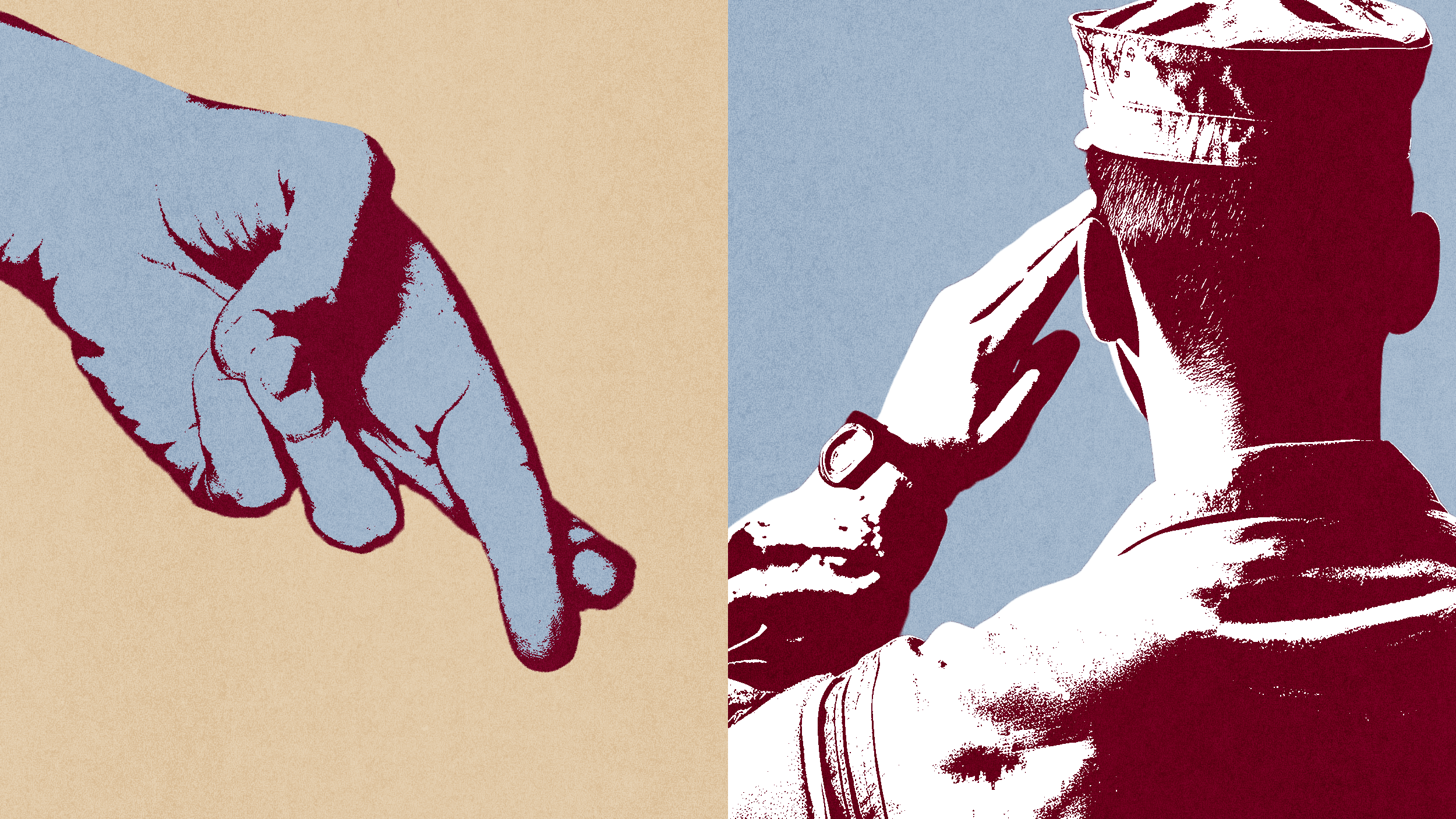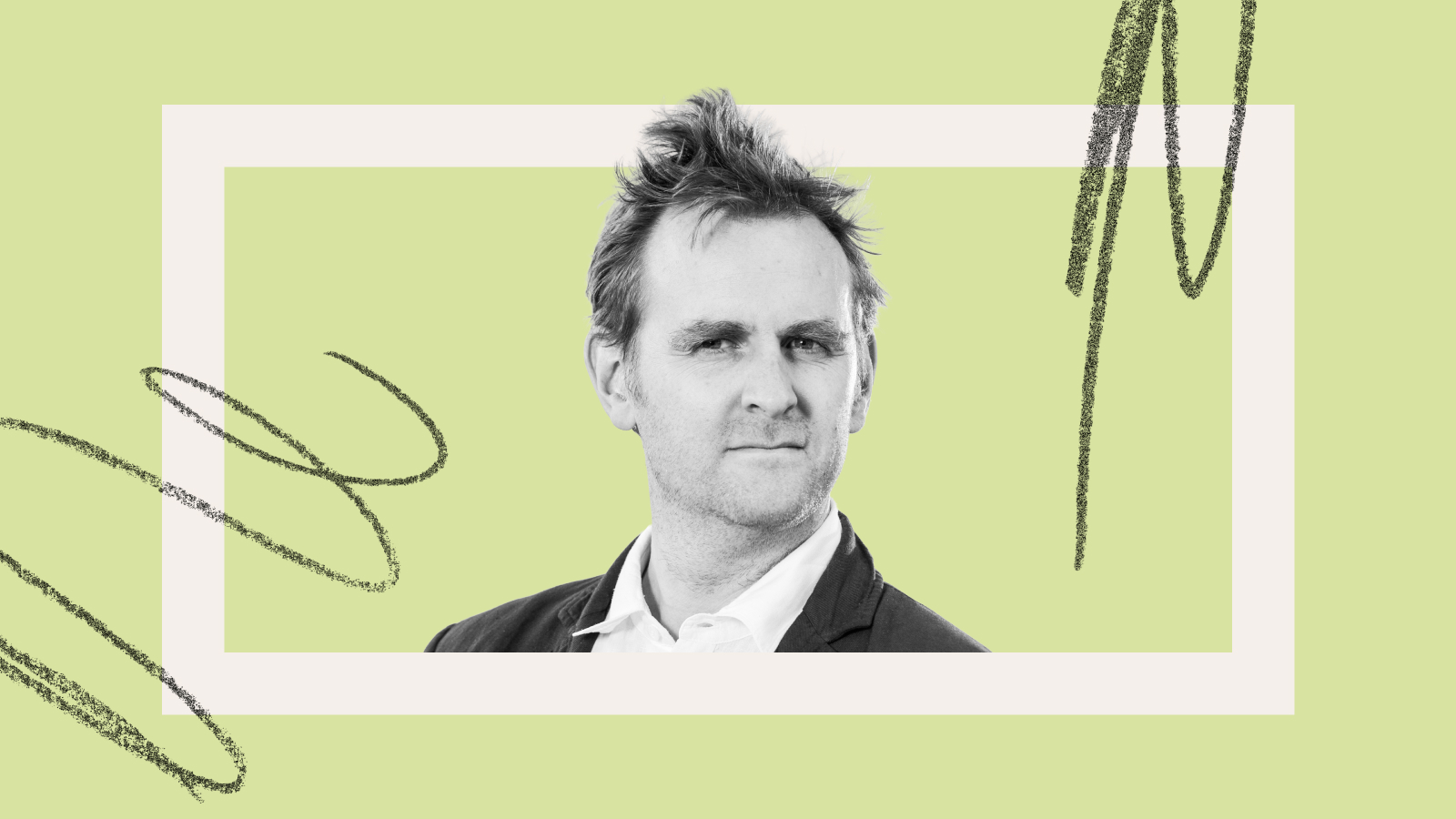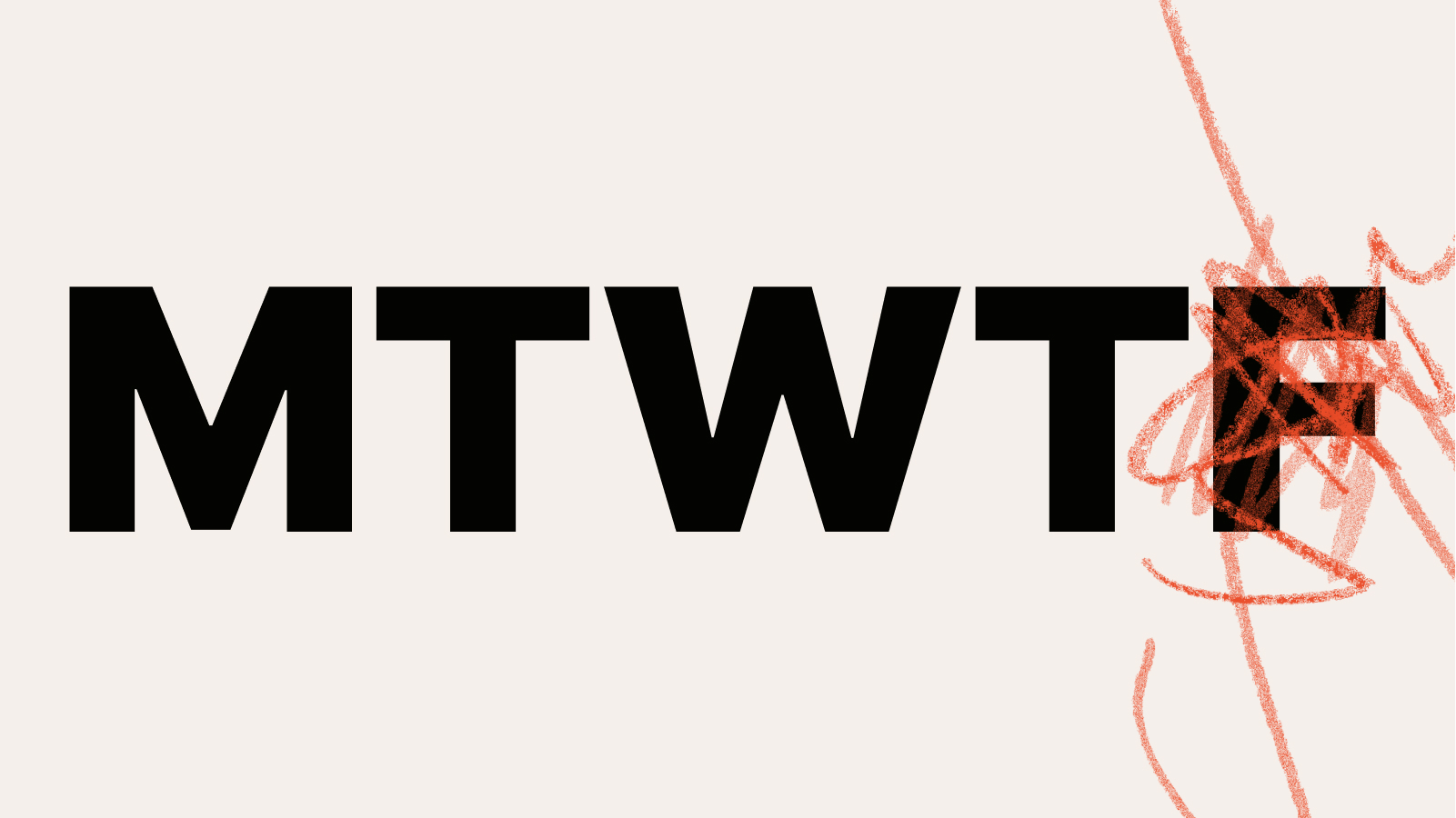Mongolia Bridges the Divide

The Mongolian People’s Revolutionary Party, the successor to the Mongolian Communist Party, has been in power for fourteen years out of sixteen years of post Communist Governments. The party asked me to contribute to the discussion it is having today – and in particular what lessons it could learn from Western social democratic parties:
All around the World, parties of the Left are looking for new answers, new policies and new identities. Old certainties were swept away with the fall of the Berlin Wall, and the ending of Soviet style socialism, and equally old certainties were swept away amongst many of the social democratic parties of Western Europe and Australasia, which had traditionally sought a parliamentary road to democratic socialism.
Whatever the failings of the old Soviet command economies and the ‘democratic centralism’ of the Communist Parties which resisted multi party democracy, their existence had been enough to persuade the political establishments in many countries that an accommodation with working people and their political parties and unions was essential to keep Communism at bay. But with that perceived threat gone, and with the rise of the free marketers from the late 1970s in countries as diverse as the United States, the UK, New Zealand and Chile, there was no need to maintain such an accommodation with organised labour.
Left parties had already been weakened by the decline in old, unionised industries, of the collectivism that went with them and also suffered a lack of intellectual confidence, especially in Britain, where the Opposition Labour Party had been out of power for nearly twenty years. So the success of Bill Clinton’s ‘New Democrats’ in the early 1990s, and his ability to ‘triangulate’ in other words co-opt populist policies that had been the preserve of the Right, became ever more appealing – especially to the British Labour Party under its new leader, Tony Blair. Tony Blair copied Bill Clinton, and referred to the Labour Party as ‘New Labour’, and in abolishing the party’s socialist constitution, what was known as ‘Clause 4’, set the party on a new road – but a road that needed to have a route map. Professor Anthony Giddens of the London School of Economics tried to philosophise ‘New Labour’s’ new approach to market reform, and defined it as the ‘Third Way’. In other words ‘New Labour’s move away from the left was in reality a ‘middle way’. However, in many ways few people were ever persuaded that ‘New Labour’ was anything but a marketing tool.
But the crisis in the Western banking system and the failure to regulate the markets and the financial sector, has in turn turned many European social democratic parties – including the British Labour Party – away from so called ‘Third Way’ solutions. Classic Keynesian economic interventionism saved many of the Western economies from deep depression, and the nationalisation of the banks prevented those same banks from collapsing. The social democratic parties had finally come to realise that they had been mistaken about ‘soft touch regulation’ and that their acceptance that the market should be the controlling economic factor, had also been a mistake.
In Britain the ‘Third Way’ has not been mentioned or discussed with any level of seriousness for at least three or four years. The French Socialists never had a great deal of time for it anyway, and the German and Scandinavian social democrats have been far too pre-occupied by their continuing electoral weakness to spend any time discussing the ‘Third Way’, not least because it has no philosophical base and was never seen as particularly relevant outside of Britain, America – and China. The latter country or rather the Communist Party of China was attracted to the idea of the Third Way, because it could be adapted to explain how the party had moved away from Marxism Leninism to a form of ‘Market Leninism’. Several years ago, I was invited to speak about the ‘Third Way’ to the Foreign Committee of the Central Committee of the Chinese Communist Party, and my analysis of the Third Way has not changed since that time.
Western social democratic parties are not the only ones to have lost their way politically and ideologically over the last decade. Many of the post Communist parties in the old Eastern Bloc that made the transformation to democratic socialism and joined the Socialist International, became equally lost. In many parts of the World, traditional supporters of left parties began to turn away, while the public increasingly became disenchanted with politicians and political parties that increasingly looked and sounded the same.
But it is the global economic recession that has finally begun a process whereby left parties feel the need to re-evaluate their philosophies, in order to re-connect with the people. That this process is now also underway in Mongolia should be welcomed by all who wish the country well, and who hope that the needs of ordinary people must always come first. As part of that process, and in advance of the election in 2012 the Mongolian People’s Revolutionary Party will no doubt be seeking advice and experience from other members of the Socialsit International, but should never forget that solutions flow first from the grass roots, and in particular the Mongolian grass roots.





